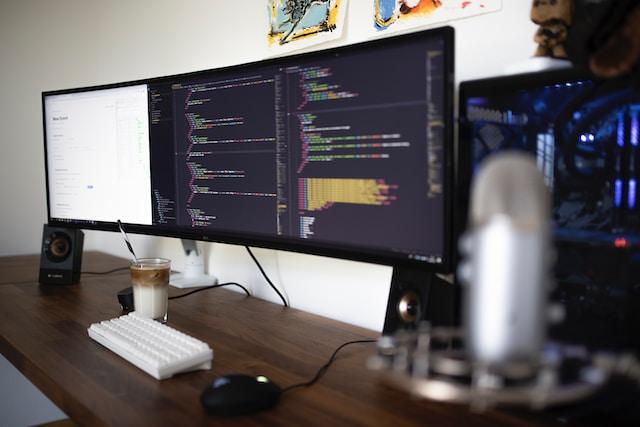Crafting Smarter Computer Vision for a New Era of Perception
Computer vision is a field of artificial intelligence that enables computers to interpret and understand visual data, such as images and video. Computer vision aims to provide machines with human-like visual perception capabilities, allowing them to identify, classify, and analyze visual content.
Current Capabilities
Computer vision has made great strides in tackling complex visual perception tasks in recent years, visit url to explore the latest in computer vision development, revolutionizing industries with advanced image recognition and object detection capabilities. Some of the key capabilities include:
Image Classification
Image classification involves categorizing an entire image into a specific class or label. Computer vision models can now accurately classify pictures using deep learning convolutional neural networks. Applications include recognizing general objects, detecting inappropriate content, and identifying brands.
Object Detection and Segmentation
Object detection locates and draws boundaries around objects within an image, while segmentation separates the image into distinct objects or regions. This allows for detecting multiple objects in a scene and precisely separating them from the background. Real-world use cases include autonomous driving, medical imaging, and robotics.
Scene Understanding
Understanding the semantic context of an entire scene goes beyond individual object recognition. Models can now infer spatial relationships, predict depth, and understand activities occurring in images and videos. This has applications in augmented reality, image captioning, and navigation.
Facial Recognition
Identifying faces and facial attributes like emotion and age is an important capability of computer vision. Uses include security, human-computer interaction, and photography. Challenges remain around accuracy, bias, and privacy concerns.
Motion Tracking
Tracking the movement of people and objects over video frames has uses from sports analytics to surveillance. Pose estimation can identify body joint positions. More data and more intelligent algorithms continue advancing motion capabilities.
Limitations and Challenges
Despite the rapid advances in computer vision, significant limitations and challenges remain. Some of the key ones include:
- Need for large diverse training data - Most modern computer vision models rely on deep neural networks, which require massive amounts of labeled training data. This data must capture the full diversity of scenarios the model will encounter. Collecting and annotating such datasets remains difficult and expensive.
- Difficulty with novel objects—During training, Models struggle to recognize objects they have never seen before. While techniques like transfer learning help, performance degrades sharply when encountering rare objects.
- Vulnerability to adversarial examples - Small perturbations to images can fool models into misclassifying objects completely. Defending against such adversarial attacks remains an open research problem.
- Requirement for lots of computing power—Training and deploying state-of-the-art models requires access to specialized hardware like GPUs, which limits accessibility for many organizations and researchers.
Overcoming these limitations through better algorithms, models, and data will be key to unlocking computer vision's full potential across diverse real-world applications. However, significant research challenges remain on the path ahead.
Key Algorithms
Computer vision has advanced rapidly in recent years thanks to breakthroughs in deep learning algorithms. Here are some of the most essential algorithms driving progress:
Convolutional Neural Networks
Convolutional neural networks (CNNs) are the backbone of modern computer vision. CNNs use convolutional layers to extract features from images, followed by fully-connected layers to classify the features. Key concepts like pooling layers, dropout, and skip connections make CNNs effective at computer vision tasks.
Regional CNNs
Regional CNNs like R-CNNs build on basic CNNs by using region proposals to focus on specific areas of an image. This allows for object detection instead of just classification. Faster R-CNN improves performance by sharing convolutions across proposals.
Capsule Networks
Capsule networks aim to better model hierarchical relationships in image data through capsules and routing algorithms. This dynamic routing allows parts to contribute to wholes, enabling the parsing of entire objects, not just individual features.
Transfer Learning
Transfer learning utilizes pre-trained models on large datasets like ImageNet to bootstrap learning on smaller datasets. Fine-tuning a pre-trained CNN is far more efficient than training a model from scratch.
Generative Adversarial Networks
GANs use two competing neural networks to generate new synthetic images. The generator tries to create realistic images while the discriminator evaluates real vs fake. This adversarial training produces highly realistic computer-generated imagery.

